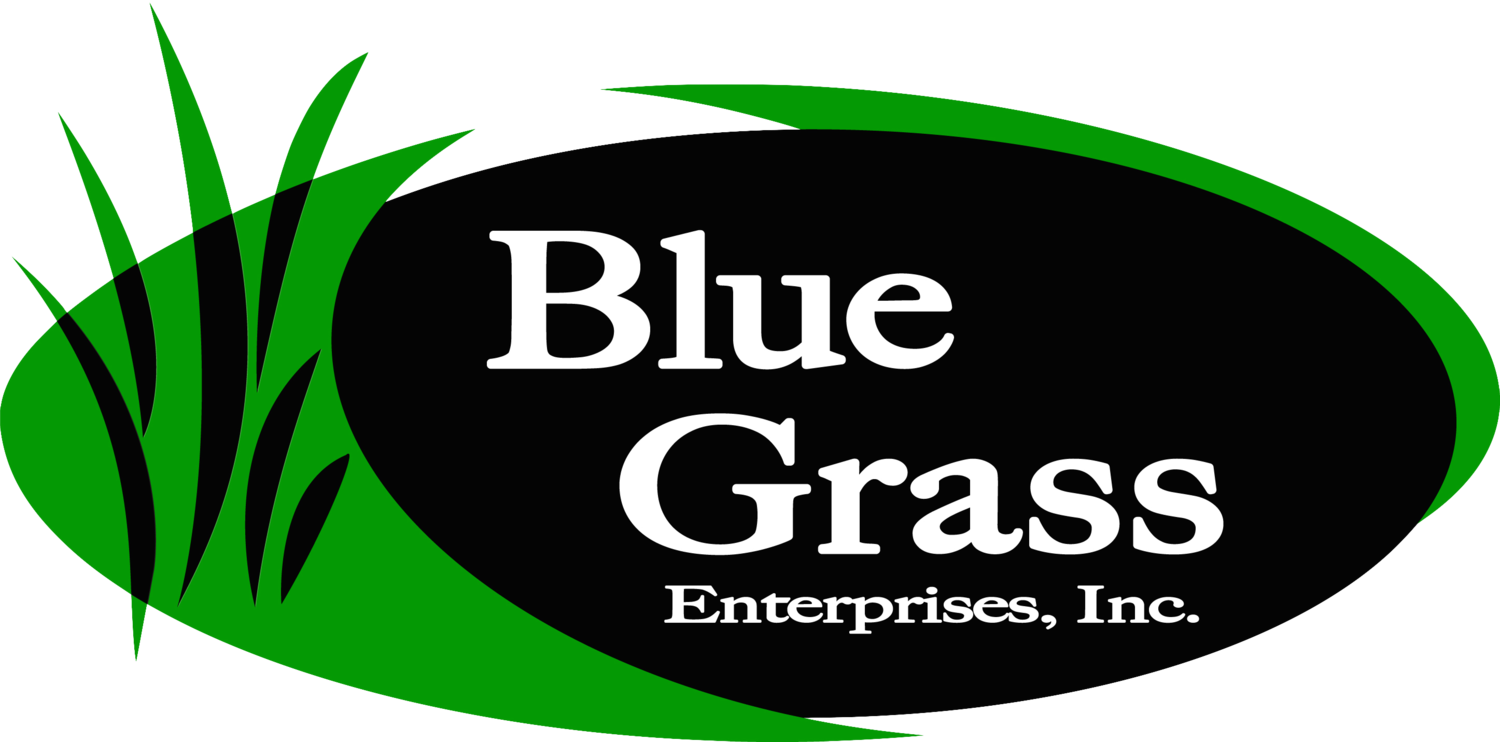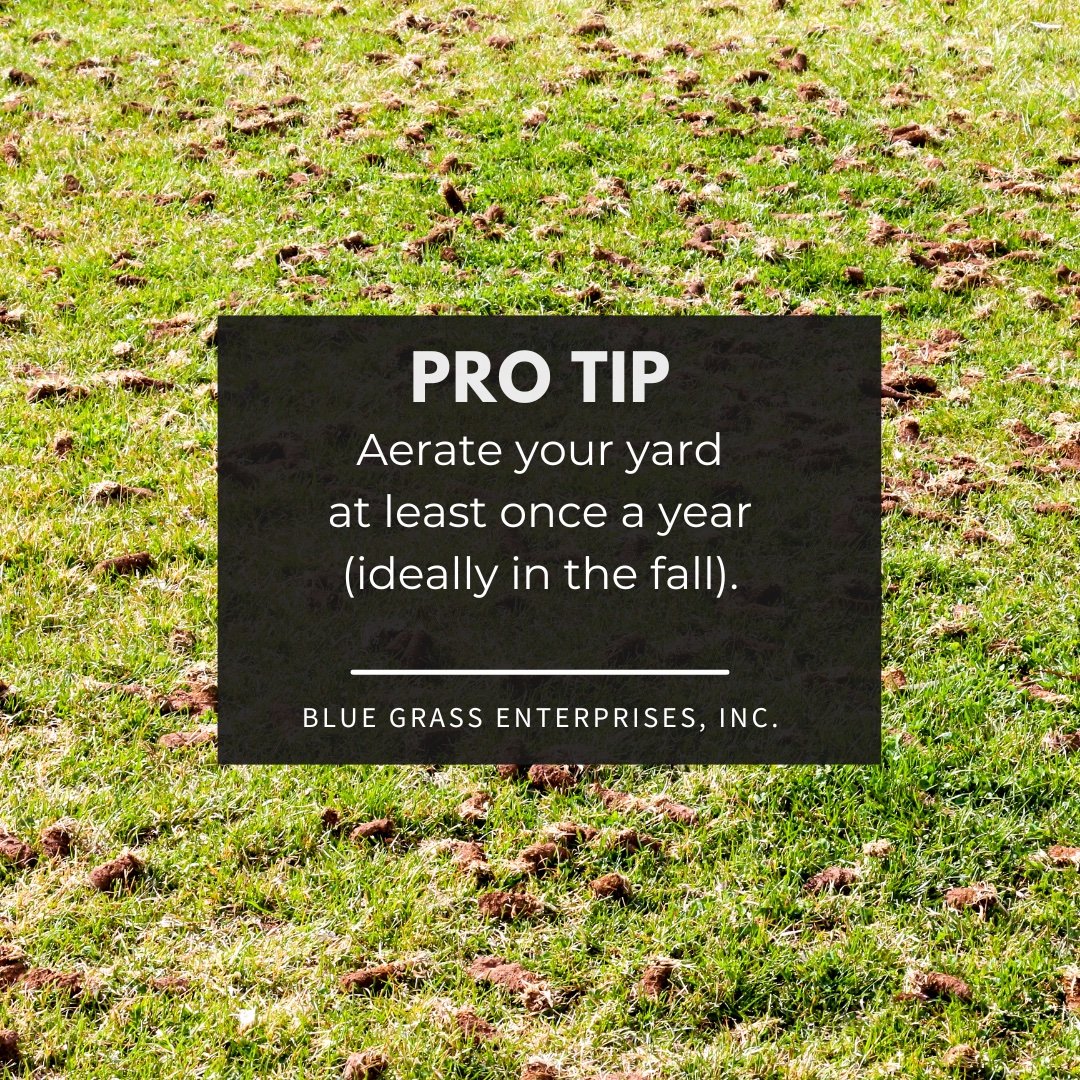Ok, I’ll show my cards. Fall is the BEST time of year and we all deserve a fall as lovely as Humpty Dumpty’s.
Normally, fall is a lawn’s time to shine! Cool season grasses thrive during cool daytime temps and temperate nights. This is the time of year perennial grasses put lots of energy into repairing summer damage and storing energy for winter.
This year, however, Mother Nature has something else entirely in mind for our green little plant friends. It is CRISPY out there. While some spotty showers have moved through here and there, our farm (just north of Cedar Rapids) has not received a meaningful rain since the end of July.
In the fall, it can be easy to forget our plants are stressing when the weather is so beautiful. But, extra crispy conditions mean we homeowners need to behave differently than usual to reduce stress and optimize conditions for our lawn.
Here are some tips and scenarios that are coming up frequently for our office staff this week.
Should I lower my mowing height in the fall?
In a normal year, fall mowing height is really more of a personal preference rather than a biological need of modern Kentucky bluegrass plants. However, this year, we would recommend using caution regarding your mowing practices. Even though temperatures are nice and cool, lawns in the Cedar Rapids area are dehydrated and stressed. Only mow if you need to mulch leaves to prevent the smothering of the plants below. Additionally, you should resist the urge to lower your mower at all until after we have received rain or you have begun irrigating regularly.
What about my seeding projects from this fall?
Keep up with irrigation. The key with seed is to keep the area saturated (without puddles) all the time. Normally this time of year people can begin to back off their watering practices due to sufficient rainfall and low evaporation rates, but that is not the case this year.
Also, you have probably noticed our nights have been colder than usual in the last few weeks. These cold nights can affect soil temperatures in bare areas more dramatically than in areas where you might have been overseeding amidst existing plants. Consider putting down a clean mulch-like product to help hold in soil temps (while still getting plenty of airflow) to give some protection to seeded areas.
If you haven’t put the seed down yet, we would not recommend it at this time. These conditions are not conducive to a successful seeding project. However, if you must do seed for one reason or another, plan to push the area with 13-13-13 starter fertilizer every 2-3 weeks throughout the remainder of the season to help the seedlings mature enough to hopefully withstand winter. You can also consider a dormant seeding.
As a reminder, we never recommend overseeding as a way to “thicken a lawn”. Read here for more information.
Should I be irrigating my lawn?
If you have the ability to irrigate your lawn, now would be a good time to help it out. Most lawns will need a total of 1” of moisture per week to thrive. However, this time of year you may not need to water that much, since evaporation rates are very low. Keep in mind you should still aim to water at least .25” each watering event. In a mature lawn, the ideal time to water is in the very early morning, so the final zone is finishing as the sun is coming up.
Be intentional about unhooking your hoses at night when overnight temperatures are close to freezing (32 degrees).
Should I still aerate my lawn?
Yes. Aeration is a great benefit to lawns, but you will need to make a few different efforts this year to accommodate weather conditions. We would recommend the following:
1 week prior to aeration: Apply 13-13-13 + Water
3 days prior to aeration: Water (this will help soften the ground for those plugs to be pulled, without creating a muddy mess for the aerator to work through)
Once aeration is completed: Water
Can I still sod this fall?
Yes. In fact, the later in the year sod goes down, the easier it is for you. Read more about why here. Another benefit to sodding rather than trying to deal with seed is sod will hold moisture better and need less water-related babysitting. If you are wanting to fill in any patches this fall, sodding is definitely the way to go for optimal success rates.
Will weed control be different in a droughty fall?
Yes. As a general rule, herbicides will be less effective when plants are not actively growing. While the calendar says you can apply your Step 4 product at any time, the weather forecast says we should wait. In fact, you will want to wait to apply any weed-and-feed products (like our 20-0-8 w/ Q3) or even spot-spray products until after you have irrigated well or a good rain has finally found us. For more information about Step 4 and what it would do in your lawn, check out this post from last fall.
Should I dethatch my lawn this fall.
No. Dethatching is a practice we almost never recommend. Read more about why here.
Can I still plant wildflowers this fall?
Yes. The best time of year for a wildflower project is in November as a dormant seeding. Read more about our wildflower mixes here.
What will this drought mean for my lawn next spring?
It is very likely lawns will be patchier than usual in the early spring because they did not have the moisture needed to repair themselves in the late fall. This reality means you should be especially diligent applying your 13-13-13 and Step 2 (pre-emergent weed control) on schedule next spring. For more information on early spring repair efforts, read here.
Additionally, many people’s fall seeding projects will not have gone well due to watering conditions. Keep in mind any leftover seed will still be viable for several years. Our seed starts with germination rates around 90% with germination rates decreasing approximately 10% each year the seed is in storage, so you have several years to use those products before they would be considered inert.
If you find you need to reseed in the spring, you would not be able to use a Step 2 pre-emergent and will likely have significant weed pressure next year due to ineffective weed control conditions from the previous fall and patchiness in the lawn.
Please bear these factors in mind as you consider your options for next spring.
Is there anything else I can do?
Yes. Pray for rain. Extra crispy conditions are great on chicken, not on lawns.






